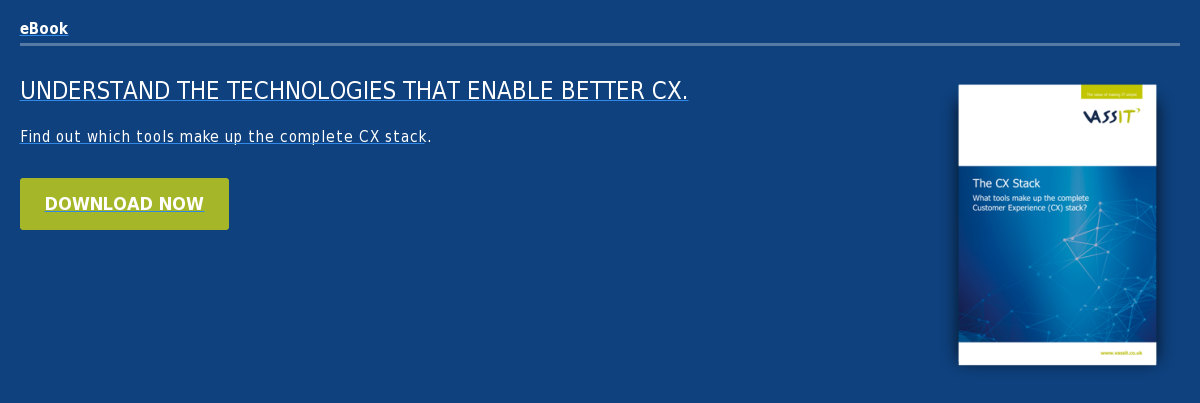Customer Experience and User Experience are two critical business differentiation tools with the power to transform business performance.
But reaping the rewards requires the correct application of these two distinct disciplines.
More and more businesses are thinking about the experiences they give to their customers and waking up to the realisation that a positive customer experience is a powerful differentiator in today's sophisticated markets.
While many are aspiring to do great things, some will no doubt be derailed at the point of execution. In some of the cases that we have seen and read about, this can be traced to a confusion between CX and UX or how and when to apply them.
The difference between CX and UX
There are fundamental differences between CX and UX in terms of their scope and their output.
UX is primarily concerned with how users of a product interact with said product. This product could be your website, but it could also be your software, mobile app or another digital asset. The objective of UX is to understand what users want to achieve when using the product and make it easy for them to do that. The scope of the effort is constrained to the particular product, website or app.
CX, on the other hand, is much broader. CX is concerned with all interactions between a customer and your brand. Clearly, this is different to UX.
The customer experience begins long before the customer ever comes into contact with your product or website. It potentially ends long after too. It begins when the customer first starts thinking about their problem and looking for solutions.
It's highly likely that your company website, or its mobile incarnation, will be a major touchpoint on the customer journey. As a result, it is a defining factor in the customer experience.
But your website is far from the only factor in our world in which customers a free to choose what information they consume and via what channels. Pre-sale, the customer journey may pass though social media, forums, advertising, direct mail, retails stores and more. Post-sale, lots of customers will make regular use of your website, its chat features, and your contact centre, to name but a few channels. CX is concerned with optimising all of these.
The role of UX within CX
As you can see, the digital products in which UX has the power to create positive experiences are only a part of the entire customer experience, albeit a crucial one.
When it comes to improving the user experience of, for example, your website, it pays to understand what the user wants in the context of the wider customer experience. Problems that can effectively be addressed in UX may be created elsewhere in the customer journey and not just within the website itself. For instance, you may be able to prevent difficult and costly contact centre calls by helping users find the right support information online more easily.
If you look at the UX of a digital product or website in isolation, you run the risk of taking a solely introspective view, addressing the issues within while missing the opportunities that are created elsewhere. These opportunities, experience tells us, are often of far greater impact than those that are constrained to the UX project alone.
Getting the most out of UX expertise
Without fail, the best approach to delivering the best customer experiences, and deriving the best value from UX expertise, is to periodically perform customer journey mapping.
By analysing what your customer is thinking, doing and feeling at every stage of the journey, mapping helps you identify the stages that are in greatest need of improvement. Furthermore, it can help you identify if problems at any stage can be mitigated through effective UX. Since digital channels are typically more cost effective than most others (like call centre staff or retail stores) it makes good sense to do this.
Of course, some problems can never be fixed by UX alone. The customer journey map, however, will help you develop the optimal solutions for these. By way of example, customer journey mapping could reveal that by giving call centre staff access to the CRM through a customised information workplace you could reduce caller frustration by avoiding the need to repeatedly ask for fundamental information.


